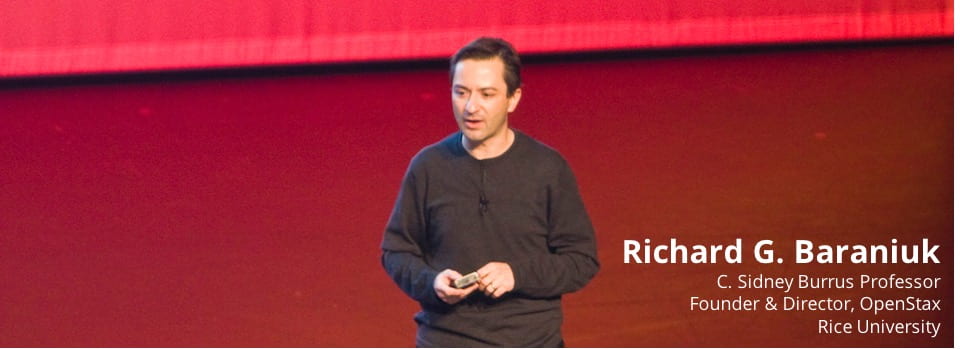C. A. Metzler, A. Maleki, and R. G. Baraniuk, "From Denoising to Compressed Sensing," July 2014. arXiv version
Abstract: A denoising algorithm seeks to remove perturbations or errors from a signal. The last three decades have seen extensive research devoted to this arena, and as a result, today's denoisers are highly optimized algorithms that effectively remove large amounts of additive white Gaussian noise. A compressive sensing (CS) reconstruction algorithm seeks to recover a structured signal acquired using a small number of randomized measurements. Typical CS reconstruction algorithms can be cast as iteratively estimating a signal from a perturbed observation. This paper answers a natural question: How can one effectively employ a generic denoiser in a CS reconstruction algorithm? In response, in this paper, we develop a denoising-based approximate message passing (D-AMP) algorithm that is capable of high-performance reconstruction. We demonstrate that, for an appropriate choice of denoiser, D-AMP offers state-of-the-art CS recovery performance for natural images. We explain the exceptional performance of D-AMP by analyzing some of its theoretical features. A critical insight in our approach is the use of an appropriate Onsager correction term in the D-AMP iterations, which coerces the signal perturbation at each iteration to be very close to the white Gaussian noise that denoisers are typically designed to remove.
The figure below illustrates reconstructions of the 256x256 Barbara test image (65536 pixels) from 6554 randomized measurements. Exploiting the state-of-the-art BM3D denoising algorithm in D-AMP enables state-of-the-art CS recovery.

